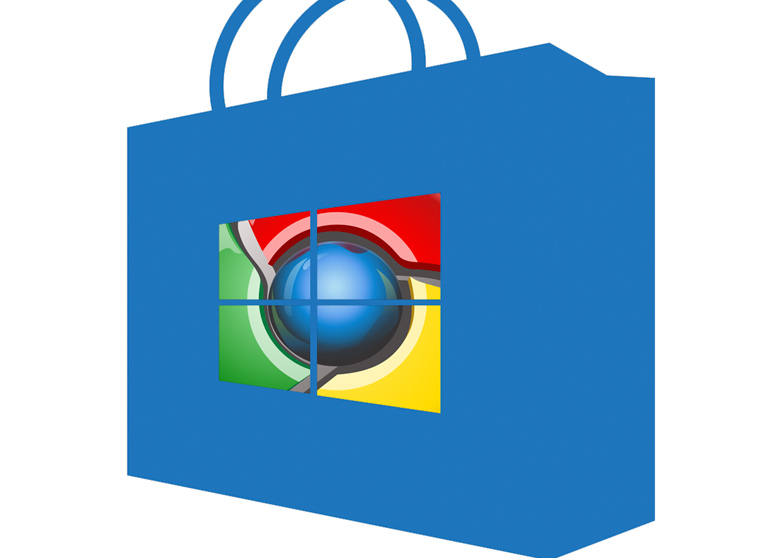WWGD? Chrome needs to come to Windows 10 S


Like Apple before it, Microsoft has had a hard time breaking through the chicken-and-egg dilemma of desktop operating system stores that still allow independent app distribution. But it has developed a clever strategy to do so -- not by eliminating alternative distribution via Windows 10 Pro and Home, but by making a case to users that should gradually lead to more adoption of the more constrained Windows 10 S.
As with the iOS app store and the Safari rendering engine, the Windows Store forbids the use of HTML rendering engines other than Microsoft's own. That's bad news for the developers and users of browsers such as Firefox and Opera, but its impact weighs particularly heavily on Google's Chrome, which may be the most popular app that will be shut out by Microsoft's streamlined version of Windows. Up until now, Google hasn't cared much about getting shut out of the Windows store. After all, the company has developed virtually none of its apps for Windows and has even made life difficult for Microsoft in trying to develop its own mobile app-based workarounds.
Read also: Taking music services on the go without a phone: Then and now | You may not need the Echo Show, but Amazon does | Meet IoT's latest target: A wooden stick | Echo Look brings a camera into your bedroom, asks what you're wearing
However, Windows 10 S is poised for growth. It's a key part of the beachhead of Microsoft's K12 education initiative. Google doesn't want to risk getting shut out of students' hands simply because administrators have chosen cheap Windows laptops versus Chromebooks. And Chrome takes on particular significance precisely, because Google doesn't actively support Windows with other apps. It is the gateway to many of Google's services on the desktop, including its namesake search function. Things might be different if Google had a mainstream alternative to Windows for computing devices, but the recent addition of Android apps to Chromebooks is, at best, a bandage. And any rumored OS reboot to supplant both of Google's operating systems would take years to challenge Windows seriously.
So, as it has on iOS, Google should create a version of its browser that is Chrome on the outside but not on the inside. As Chrome for iOS relies on Safari's rendering engine, so a version of Chrome for Windows 10 S should rely on Edge's. Of course, this is not an ideal issue in that Google gives up some control and consistency across platforms. Indeed, such inconsistency is even harder to rationalize among desktop operating systems given that users at least tend to expect some reduction in functionality when using tablets and smartphones. Furthermore, relying on Edge's browser might require Google to find ways of implementing Chrome-exclusive features in another way. As Windows 10 users know, Microsoft and Google are often needling each other on the platform, with Google, for example, noting that Chrome is required to use Google Docs offline.
However, Chrome -- and its users -- would retain many elements, including the user interface, bookmark syncing, and Google service defaults would be maintained. Having even an Edge-driven Chrome on Windows 10 S lets Google ensure that Chrome is the only major "native" OS browser available across the Google, Apple, and Microsoft ecosystems.
There is no need to rush and convey the kind of early endorsement that Spotify has. But Google should heed what Apple has done. A company famous for its disinterest in supporting platforms other than its own, Microsoft's PC rival has decided to offer iTunes via Windows 10 S. While Microsoft is spotlighting support for Android phones and iPhones in its next major Windows update, Apple likely wants to ensure that users of the Windows 10 Pro offshoot have access to the full iPhone experience.
Google has been focused on mobile for many years. While it diligently brings virtually all of its apps to the iPhone, it doesn't engage in much Mac development, dismissing desktops as passé. But the game is changing as Microsoft steps up its knowledge of Windows and web users with Microsoft Graph. Google's embrace of AI -- and its race with Microsoft to lead in it -- means that, more than ever, it needs to gain access to a full spectrum of user behavior. Chrome is its best near-term option for gathering that on the world's dominant PC platform.
Related stories: